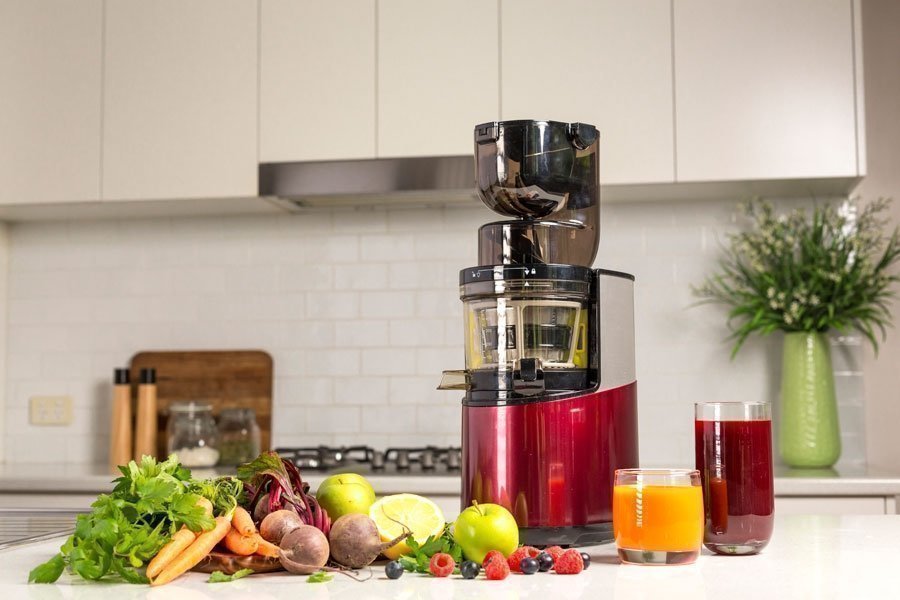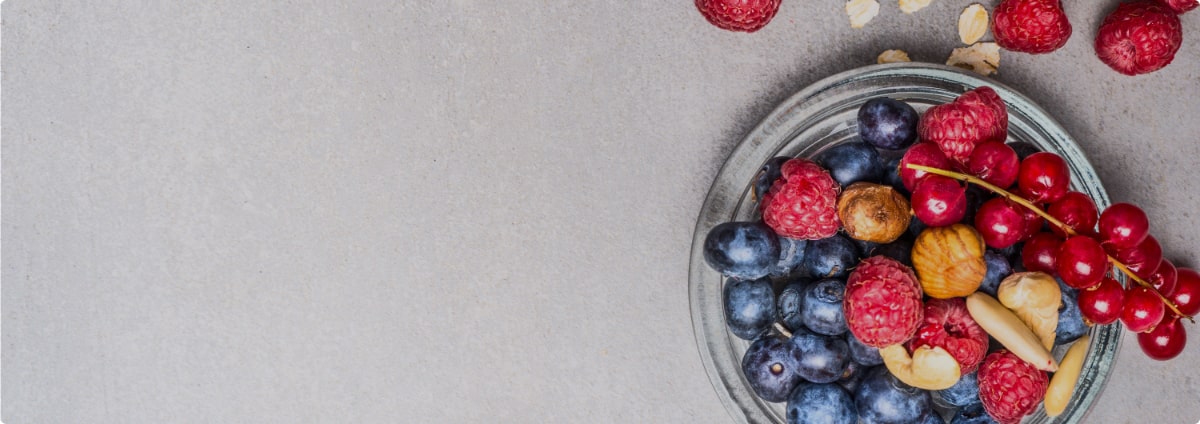Vitality 4 Life uses cookies to provide and improve our services, if you continue browsing, we consider that you accept its use. For more information, please see our privacy page.
Juicers vs Blenders vs Bullets
The comprehensive article you must read before you buy - understand which machine is right for you: cold press juicer vs high performance blender vs bullet blender.
All three types of machines have had their moment in the spotlight recently, from juice detoxes to green smoothies, "nutriblasts" and everything in between, these kitchen wonders promise not only to help you in the kitchen but to also improve your health and well being. But which is best? And is it all marketing hype? Vitality 4 Life as one of the early pioneers of juicing and blending breaks it down for you, so you can be sure you are selecting the right machine for your needs.
We have compiled information from leading experts in health and wellness from around the world to bring you the most extensive 'juicing vs blending' comparison article yet.
Juicers
Blenders
Bullets
Compare: Juicers vs Blenders
Juicers & Juicing
Not all juicers are created equal...
First and foremost, there are many different types of juicers on the market and not all are created equal. There are the most commonly found centrifugal juicers, masticating juicers, cold press or slow juicers in both the single and twin gear composition, manual and hydraulic press juicers.
The most important thing to know from the above juicers, is the difference between centrifugal juicers and the other remaining types of machines. A centrifugal juicer using high speed blades to pulverize produce, which is then passed through a super fine sieve in order to extract the juice from produce. All of the other machines utilize a slow mechanism which crushes, similar to the teeth inside your mouth and then they squeeze the juice from produce.
Blades in a centrifugal juicer rotate at around 20,000-30,000 RPM, while a masticating or slow juicer ranges between 40-1,725 RPM at max. In essence, the high speed process that is centrifugal juicing rapidly exposes produce to oxygen, heat and static electricity. Nutrients and enzymes become depleted through oxidation, evidenced in the high ratio of froth/foam and the pale colour. Most importantly, this drastically effects the nutritional value of the juice.
For more detailed information on the differences between them, see our article here: Cold Press vs Centrifugal Juicers.
For these reasons when we refer to juicers in this article, we are specifically referring to cold press or slow juicers.
Juicing and the Body
A juicer acts in the same way as your teeth; chewing, chewing, chewing in order to apply pressure to the food to break it down and release nutrients and minerals found within the cellular layers. The process of chewing and digesting food takes the body around 3-5 hours to properly digest (with good digestion) and as such requires a significant amount of energy, which ultimately comes from food. The ingested food can become purely used for fuel to aid the digesting of said food, leaving minimal nourishment for the body's cells and tissues as we had so intended.
Juicing on the other hand, without the fibre, enables the nutrients found within the fruits and vegetables to be directly absorbed by the blood within minutes. It acts like a injection of nutrition to the body's organs without the digestive system having to do much work.
One of the early pioneers of juicing was Dr. Norman Walker summaries the effect of juicing on the body in his book 'Fresh Vegetable & Fruit Juices': "...by separating the mineral elements and the distilled water in the food from the fibers, the liquid food is digested within a matter of moments."
It is this fundamental notion about juicing which makes it so powerful - quick absorption of nutrients by the body at a cellular level.
Dr. Brian Clements, of the Hippocrates Institute
But don't we need fibre?
Yes, we do. Fibre is an integral part of the eco-system that is the human body and by no means does juicing infer to removing fibre from your diet completely. Juicing is a very powerful way to give our body a few things as a supplement to a healthy diet, rich in fibre-rich foods.
Fibre acts like a broom in the colon and is fundamental to peristalsis. The colon is located at the very end of our digestive system and peristalsis is the involuntary contraction of muscles to pass food. Fibre is found in abundantly in raw cruciferous vegetables (leafy greens, broccoli, kale etc.) along with many other types of vegetables and can form the basis for many healthy meals to aid in healthy digestion.
Benefits of Juicing
- A boost of natural, life-giving nutrients from fresh fruits and vegetables, regardless of the condition of our digestive systems
- To give our digestive system a break from the incredible amount of energy required to digest modern day diets of processed and packaged foods, meat, dairy etc
- Allows you consume an incredible amount of vegetables in just one serving. It is quite a task to chew through the same amount of vegetables in one sitting as to what you can consume through a glass of juice. On average 1 litre of vegetable juice contains 10 servings of vegetables
- Taste preference: juice is very fine in texture and as such may be a preferred taste/texture for some people. In our experience children and palative care or ill patients generally prefer juice
Juicers & Juicing - Considerations
The benefits of drinking cold pressed juice are quite incredible and from the above information you should be able to see that including cold press juice in your diet can be a very powerful way to nourish the body. There are also a couple of points to consider when looking at juicing which can
Time/Effort
Generally more time consuming - juicing is sometimes a labour of love... Most cold press juicers have a chute at around 5cm in diametre, which means produce does have to be prepared to such sizes. Also, as cold press juicers crush and squeeze the produce, rather than pulverizing, the process is slower. As the saying goes "slow and steady wins the race", this is true with cold press juicing, where we believe the nutrition quality far outweighs the extra time taken to prepare.
While the above is true of most cold press juicers, there is a new type of juicer technology: the 'Whole Slow Juicer'. Whole slow juicers can juice whole fruits at once, through the inclusion of wider dual-chutes and changes to the juicing mechanism. These types of cold press juicers are bridging the gap between nutrition and efficiency and are the most innovative machines to date. You can read more about this technology here: Whole Slow Juicers.
Fruit Juicing
Without the fibre of the whole fruit, juice containing fruit can be very high in fructose.
At Vitality 4 Life our stand on this has always been "juice your veggies and eat your fruit."
Which Juicer is Best for Me?
If you have decided that a juicer is the machine for you, and are unfamiliar with the differences between the different types of machines, see our article here: Which Juicer is Best for You?
Blenders & Blending
Bullet Blenders
Longevity & Product Life
Bullet blenders generally have a product life of between 1-2 years, and this primarily due to the low ticket price. For some people this may not be too much of a concern and the pricing does elude to the easily "replaceable" nature of the blender.
For some product longevity is a discerning purchasing factor, however, it is important to note the impact on the environment when it comes to the replaceable nature of such goods.
Do Bullet Blenders Really "Turn Ordinary Foods Into Superfoods"?
Bullet blenders are technically no different in terms of nutrient extraction than a high powered blender. High powered blenders are designed to pulverize the whole fruit or vegetable and as such make phyto-nutrients found within the cell wall of produce more bio-available to the body. Basically by pulverizing the produce to such an extent you are potentially making it easier for your body to absorb these types of nutrients. Is the finished result or "nutriblast" more super as a result? This is somewhat questionable and while it will not deliver some sort of miracle smoothie, there is definite benefits to being able to drink up to 5 servings of vegetables or fruits in one smoothie and give your body access to powerful nutrients, vitamins and minerals.
Benefits of Bullet Blenders
The biggest benefit to be found in using a bullet blender, or any other high performance blender for that matter, is simply consuming more serves of fruits and vegetables. If a bullet blender makes it easier, quicker, more palatable or more convenient for you to get more fruits and vegetables into your daily diet then it is definitely a worthy investment and one that your body will thank you for.











